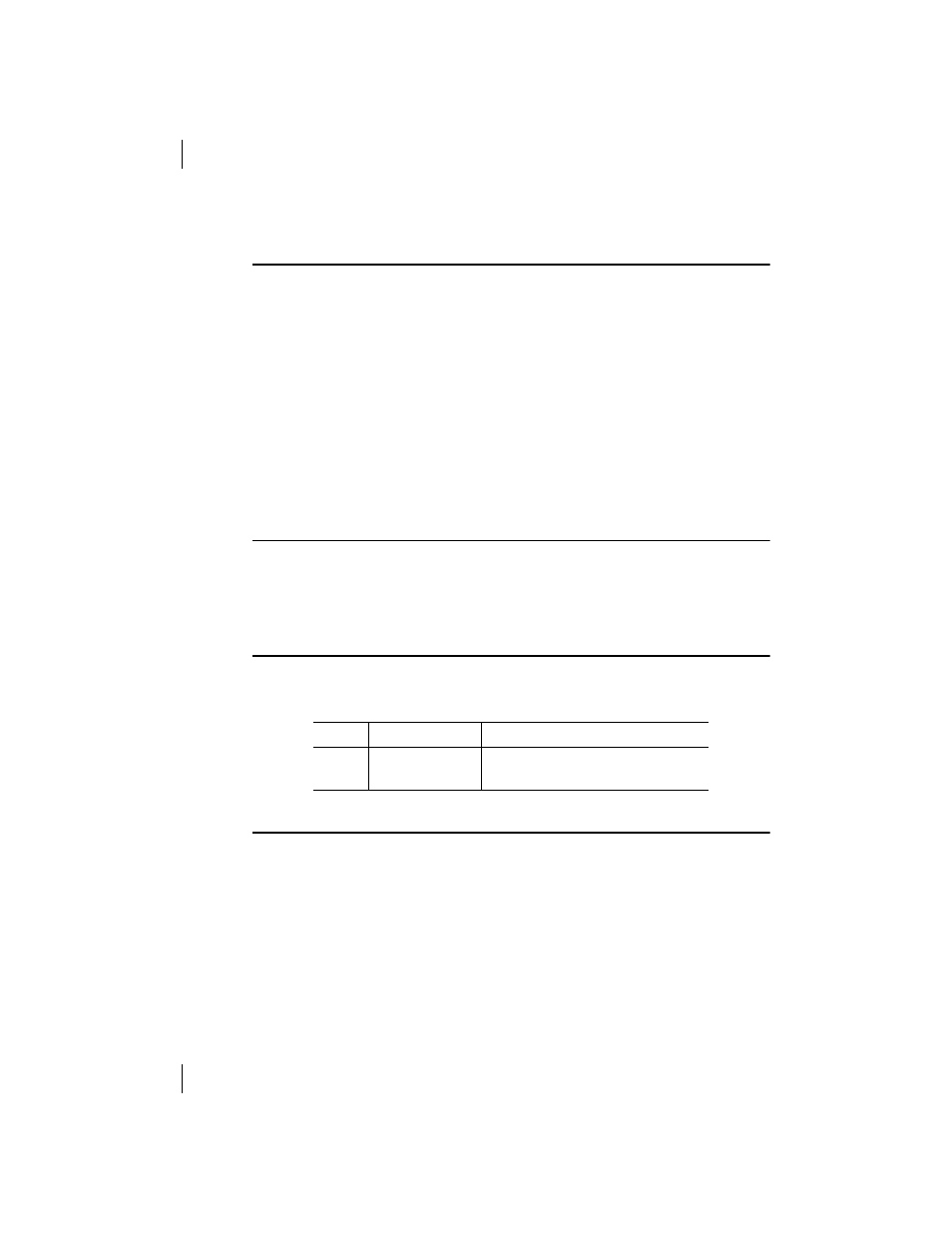General, Bonding on the 500 ta, Bonding setup – Verilink Productivity 500 (34-00236) Product Manual User Manual
Page 71: Placing a bonding call, Chapter 12 bonding protocol

BONDING Protocol
500 TA
Page 71
Chapter 12
BONDING Protocol
GENERAL
BONDING is a protocol standard from the Bandwidth ON Demand INteroper-
ability Group for combining the bandwidth of several 56 kbps or 64 kbps chan-
nels. BONDING can `bond' from 2 to 31 channels at once. The high speed
data, which must be a multiple of 56 kbps or 64 kbps, is split after arrival at the
DTE interface into the various channels. On the opposite end the data is recom-
bined into the original data stream and sent to the DTE interface. Due to delays
between different calls, the channels are delay-equalized to permit correct
positioning of data for the interleaving.
NOTE: Although the BONDING specification defines four modes, Mode 1 is
the common mode of operation for all BONDING-compatible implementa-
tions, and is the only mode supported by the 500 TA.
BONDING ON THE 500 TA
Because the 500 TA supports one ISDN basic rate interface (2B+D), two
simultaneous calls can be made for an effective bandwidth of 112 kbps (2 x 56
kbps) or 128 kbps (2 x 64 kbps).
BONDING SETUP
The following table lists the AT command options required to place a BOND-
ING call.
PLACING A BONDING CALL
You can place a BONDING call using the 'ATD' AT command. The answering
party must be set to run BONDING or the call will disconnect shortly after
connection. If you have specified a rate multiplier of 2 and the answering party
indicates it will support 2 or more channels for BONDING, the answering side
will pass the directory number for the second call in the negotiation. The sec-
ond call is made automatically, and is indicated by the flashing CS (call status)
LED. If delay equalization between the channels is obtained, data mode is
entered. The terminal screen will indicate the BONDING connection and the
%A2=n
Protocol
n=3
BONDING
BONDING RATE
MULTIPLIER
n=1:
56 or 64 kbps (1 B-Channel)
n=2:
112 or 128 kbps (2 B-Channels)